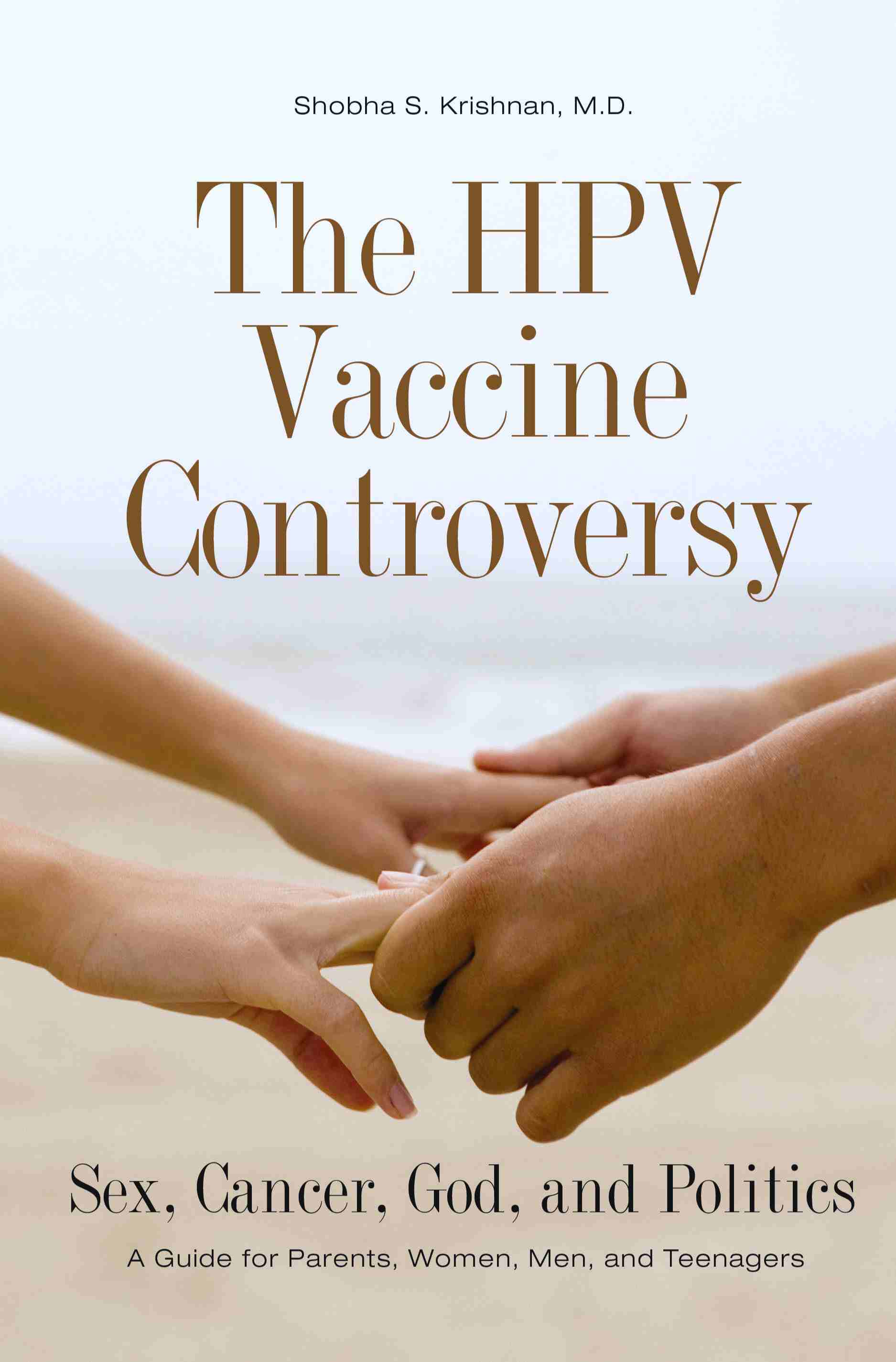Coco Chanel has often been quoted as saying, “A woman who doesn’t wear perfume has no future.” If perfume staves off doom, then perhaps that’s what inspired this otherwise-inexplicable new ad by GlaxoSmithKline for its HPV vaccine:
As you can see, it leads with a blue-eyed, fair-skinned, made-up (and apparently affluent) young woman lounging on an antique sofa on the first floor of a mansion. But softly shimmering lights and fairy-like chimes distract the waif from her book. She dreamily follows the golden twinkling lights up an impressive staircase, where she gazes with a beatific smile upon a champagne-colored perfume bottle magically floating in mid-air. As the bottle rotates to reveal the words “CERVICAL CANCER“, the young woman’s expression switches from bliss to frowning concern. Enter the narrator’s voice:
Maybe it’s unfair to get your attention this way, but nothing’s fair about cervical cancer. Every 47 minutes, another woman in the U.S. is diagnosed. But, there are ways to prevent it. Talk to your doctor.
Unfair? I would have said “insulting.” As in, maybe it’s insulting to assume that the best way to attract a young woman’s attention to a serious health issue is to dupe her into thinking she’s watching a perfume commercial? But, if you want to talk ‘unfair’…Maybe it’s unfair that there hasn’t been a public health campaign to educate teens, women and men about sexually-transmitted HPV (human papillomavirus), which can cause not only cervical cancer but also other serious cancers in men and women? Maybe it’s unfair that the only public “education” about the HPV epidemic has come in the form of pharmaceutical ads that continue to narrowly brand and market HPV vaccines as “cervical cancer” vaccines?
The ad finishes by presenting a GlaxoSmithKline website — which troubles me, as a sexual health researcher, because it does not offer visitors a comprehensive HPV education. But that may have been too much to hope for, given that their HPV vaccine (Cervarix) received FDA approval for use in girls and women (ages 9 to 26) just this past October.
So, skip this ad and website if you’re looking for a more neutral source of information about HPV vaccine options, and visit the CDC instead. And those who’d like a more thorough STD/STI education should check out the American Social Health Association and other website resources which are not funding by pharmaceutical companies.
Note: while GSK has disabled adding comments to their series of new ads, you may rate not only this ‘perfume’ ad but also their ‘front porch‘ and ‘night out‘ ads with the start-ratings you feel they deserve. And, for more on the mis-marketing of HPV vaccines, read my article, “Why Men’s Health is a Feminist Issue,” in the Winter issue of Ms., on newsstands now.
(Originally posted on Ms. blog, cross-posted at Sociological Images and AdinaNack.com)



 In light of the new Pap smear guidelines, I hope that U.S. girls and women who get less frequent Pap tests will more frequently ask their healthcare practitioners to educate them about
In light of the new Pap smear guidelines, I hope that U.S. girls and women who get less frequent Pap tests will more frequently ask their healthcare practitioners to educate them about 
